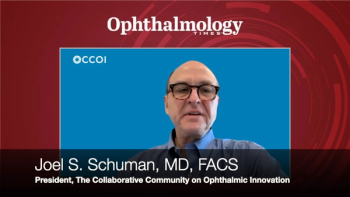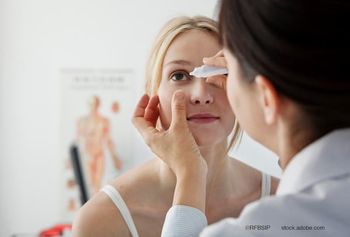
Noveome Biotherapeutics announces results of Phase 1 trial evaluating glaucoma treatment candidate
According to preliminary results, intranasally delivered ST266 is a safe treatment option.
Noveome Biotherapeutics Inc., a clinical-stage biopharmaceutical company focused on developing next-generation biologics for the promotion and restoration of cellular integrity of inflamed or damaged tissues, today announced preliminary results of a Phase 1 open label clinical trial to establish the safety of ST266 when delivered intranasally in Glaucoma Suspect patients.
The trial was conducted at the University of Pennsylvania by Ahmara Ross, MD, PhD, and Kenneth Shindler, MD, PhD of the University of Pennsylvania, Perelman School of Medicine, Philadelphia.
ST266 is a novel secretome, a cell-free platform biologic containing hundreds of proteins and other growth factors involved in cellular healing and was administered as a targeted nasal spray using the SipNose Ltd. Cribriform Targeted Device, for which Noveome recently announced a commercial license agreement.
The device is able to deliver ST266 to the cribriform plate at the back of the upper nasal cavity where is able to reach the optic nerve, eye and brain, bypassing the blood-brain barrier.
Previously published preclinical efficacy and distribution studies laid the groundwork for the Phase 1 clinical trial.
The Phase 1 open label clinical trial (NCT03901781) was designed to assess the safety of intranasally delivered ST266 in Glaucoma Suspect patients diagnosed as having pre-glaucoma conditions that have not yet caused damage to the optic nerve. Dosing occurred in three cohorts.
In the first cohort, subjects were intranasally administered ST266 at a dose of two hundred microliters (200 µL) daily for 14 days, in alternating single nostrils. In the second cohort, subjects were intranasally administered 200 µL to each nostril daily (400 µL total per day) for 14 days.
In the third cohort, subjects were intranasally administered 200 µL to each nostril daily (400 µL total per day) for 28 days. No drug-related serious adverse events were reported.
Preliminary safety assessments, reported here, were performed at baseline and at the end of drug treatment and included visual acuity, slit lamp exam, tonometry, retina exam and ERG, OCT for optic nerve fiber thickness layer, corneal pachymetry, gonioscopy, neuro-cognitive exam, MRI, lumbar puncture, chemistry panel, hematology, and nasopharyngeal exam.
All results were normal. Three-, 6- and 12-month safety follow-up visits are planned for all subjects.
According to Christopher Velis, CEO of Noveome, the preliminary safety results of this Phase 1 clinical trial of intranasally delivered ST266 is an important milestone for Noveome.
“Now that we have established safety of ST266 by this route of administration, we are actively planning efficacy trials in a variety of neurological and ophthalmological indications,” he said in a statement. “We intend to pursue intranasal ST266 in our broad pipeline of indications such as concussion, glaucoma, optic neuritis, and retinal diseases.”
Newsletter
Don’t miss out—get Ophthalmology Times updates on the latest clinical advancements and expert interviews, straight to your inbox.













































.png)


